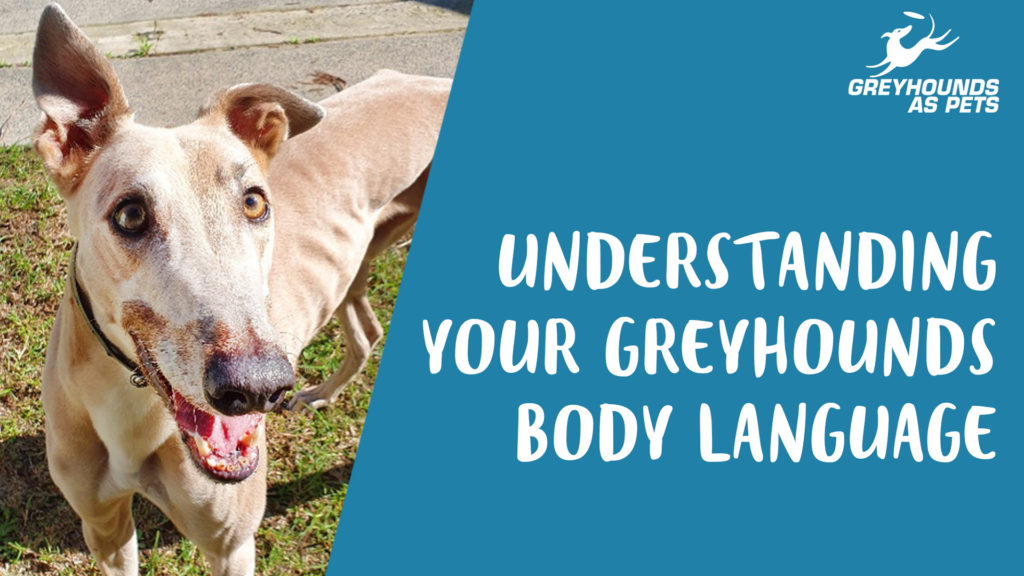
Understanding what your greyhound is telling you
Just like humans, dogs use their face and body language to communicate with the outside world. Understanding what your greyhound is trying to tell you can improve the general well-being of your dog, and allow you to understand their current mood. Sometimes body language can be subtle, but becoming familiar with your greyhound’s communication will help to strengthen your bond.
Here are 5 ways you can discover how your greyhound is feeling:
Eyes: Dogs often look to their owners for assistance when presented with a tricky problem to solve. When your dog gazes at you with a relaxed body and eyes, it’s their way of showing their love, trust and affection towards you – it can also be a request for assistance (usually in the form of a tasty treat!). Conversely, when they avoid eye contact, it’s a sign that they are uncomfortable, fearful or attempting to resolve a potential conflict.
Tail: Most people think a wagging tail means a happy dog- but that is not always the case. It all depends on the direction of the wag as well as the degree at which it is moving.
- A tail wagging more to the right: a dog’s tail will wag more so to the right when they are looking at something they like (like you!)
- A tail wagging more to the left: a tail wagging more so to the right usually indicates that the dog is looking at something that they have a negative view on, and want that thing to go away.
- A high and stiff wag: this usually means the dog is conflicted or confrontational with whatever he/she is looking at.
- A tail wagging in broad arcs: usually means the dog is relaxed and sometimes playful
- A tucked tail: if your dogs’ tail is tucked in, this communicates a desire to not interact and that the dog wants to be out of his/her present situation
Ears: Greyhounds have unique ears which hug their head to be aerodynamic. This means that the standard ear position for a greyhound will often be backwards, although ears that are completely pinned flat to the back of their skull can mean the dog is uncomfortable. A dog that is very interested in what’s going on will usually prick their ears. A neutral ear position is often best when working with your greyhound as this means they are nice and relaxed.
Teeth chattering: This is a very unique trait for greyhounds which is usually a sign of anticipation and excitement. So it’s quite common to see your greyhound chattering before their brekkie or dinner.
Leaning into you: If your greyhound is leaning against you, this is their way of seeking comfort and physical support if they are in a situation that they feel unsure. It’s great to reassure them with a soothing voice and gentle pat, and making sure not to push them into a situation where they are going to feel more stressed. Leaning is a good sign to tread carefully and take things slowly with your greyhound.
With dogs, it’s helpful to look at the whole picture, and greyhounds are no exception. Only by looking at the dog’s entire body as opposed to one part, will we understand what our dogs are trying to tell us. Adjusting our behaviour and how we interact with our dogs based on their body language will help your dog feel more secure and set you both up for success.
More news
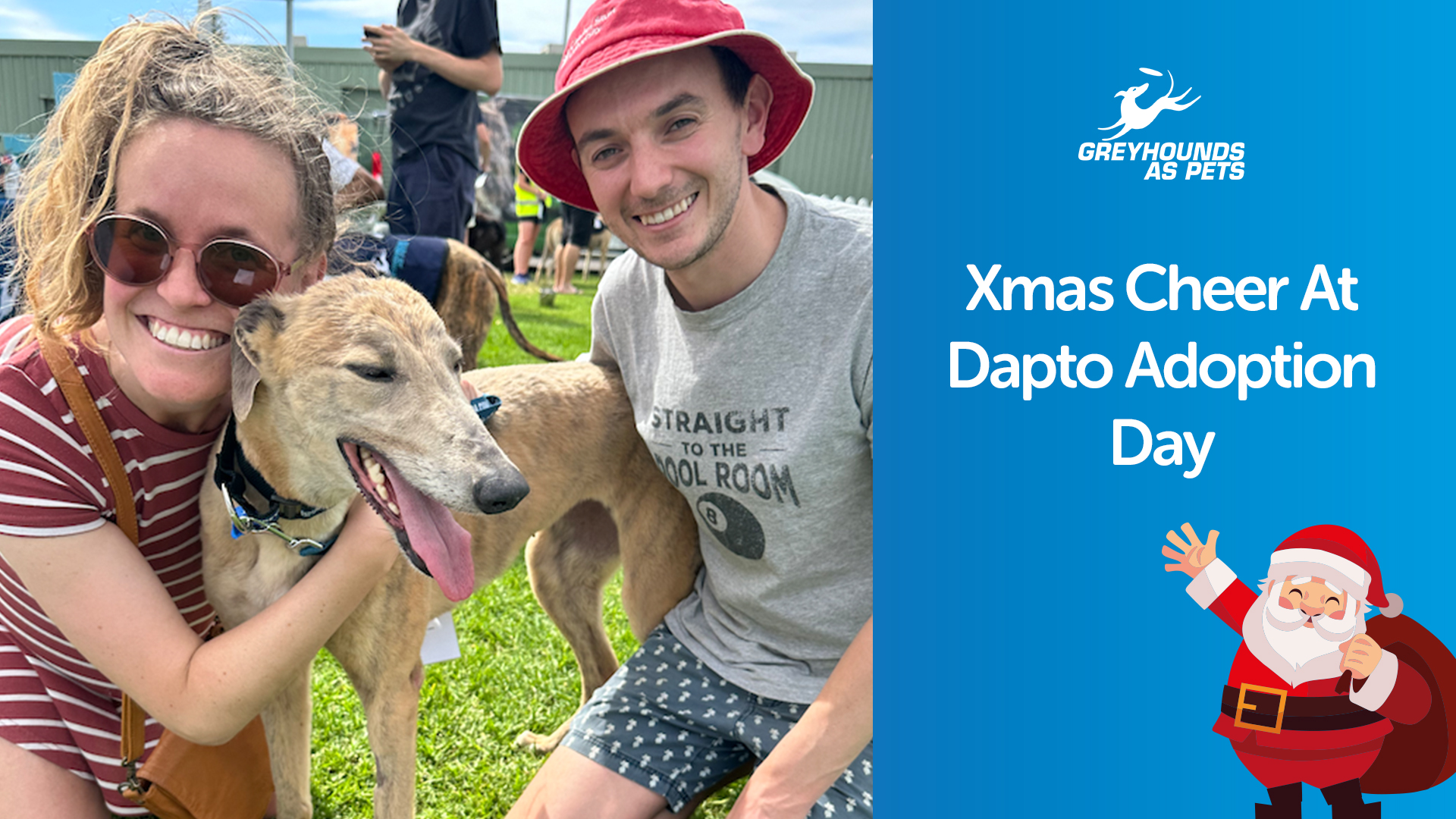 Adoption Day Success At DaptoDecember 19, 2023 10:35
Adoption Day Success At DaptoDecember 19, 2023 10:35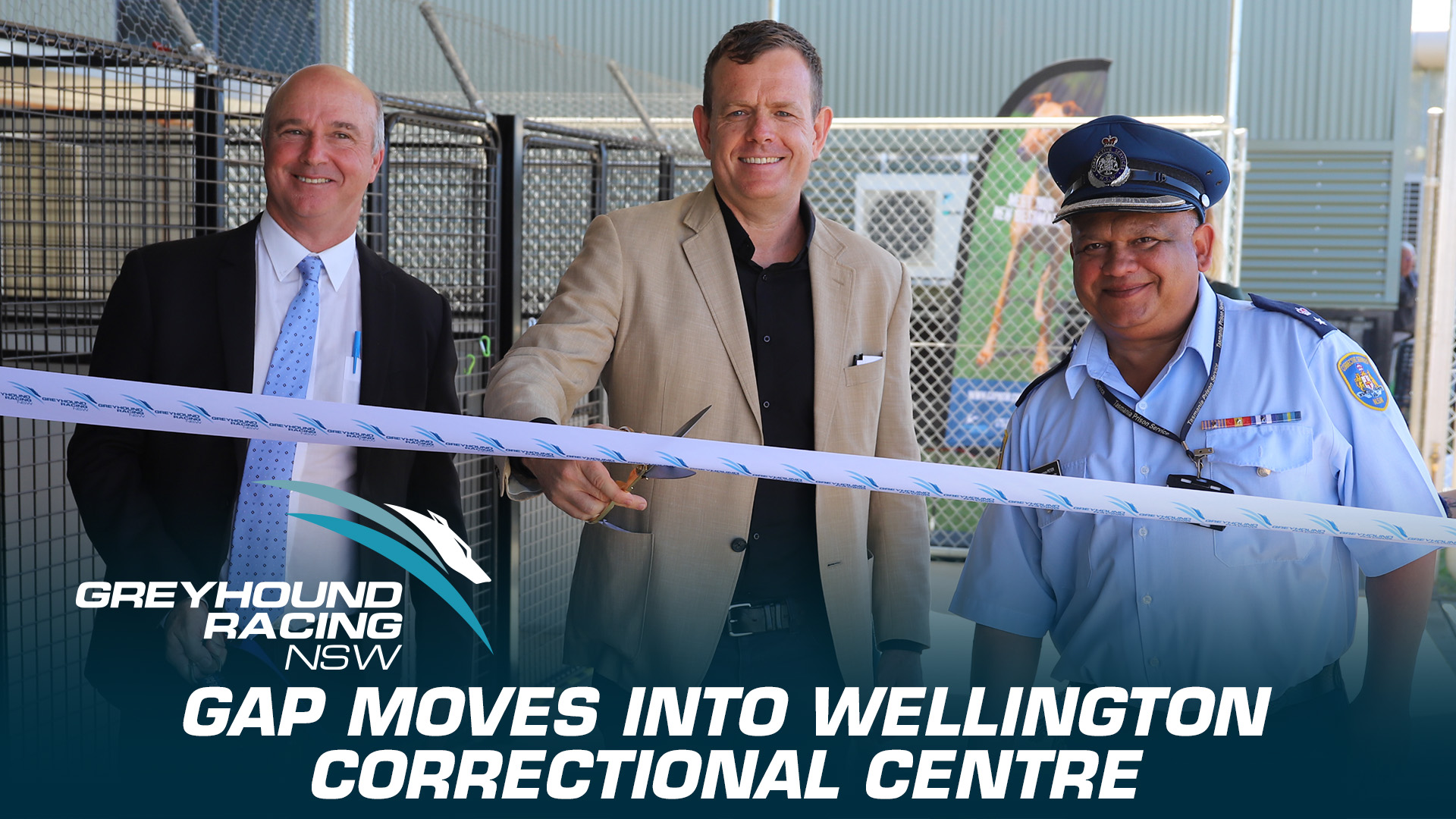 Wellington Joins GAP Prison ProgramBy GRNSWDecember 04, 2023 17:21
Wellington Joins GAP Prison ProgramBy GRNSWDecember 04, 2023 17:21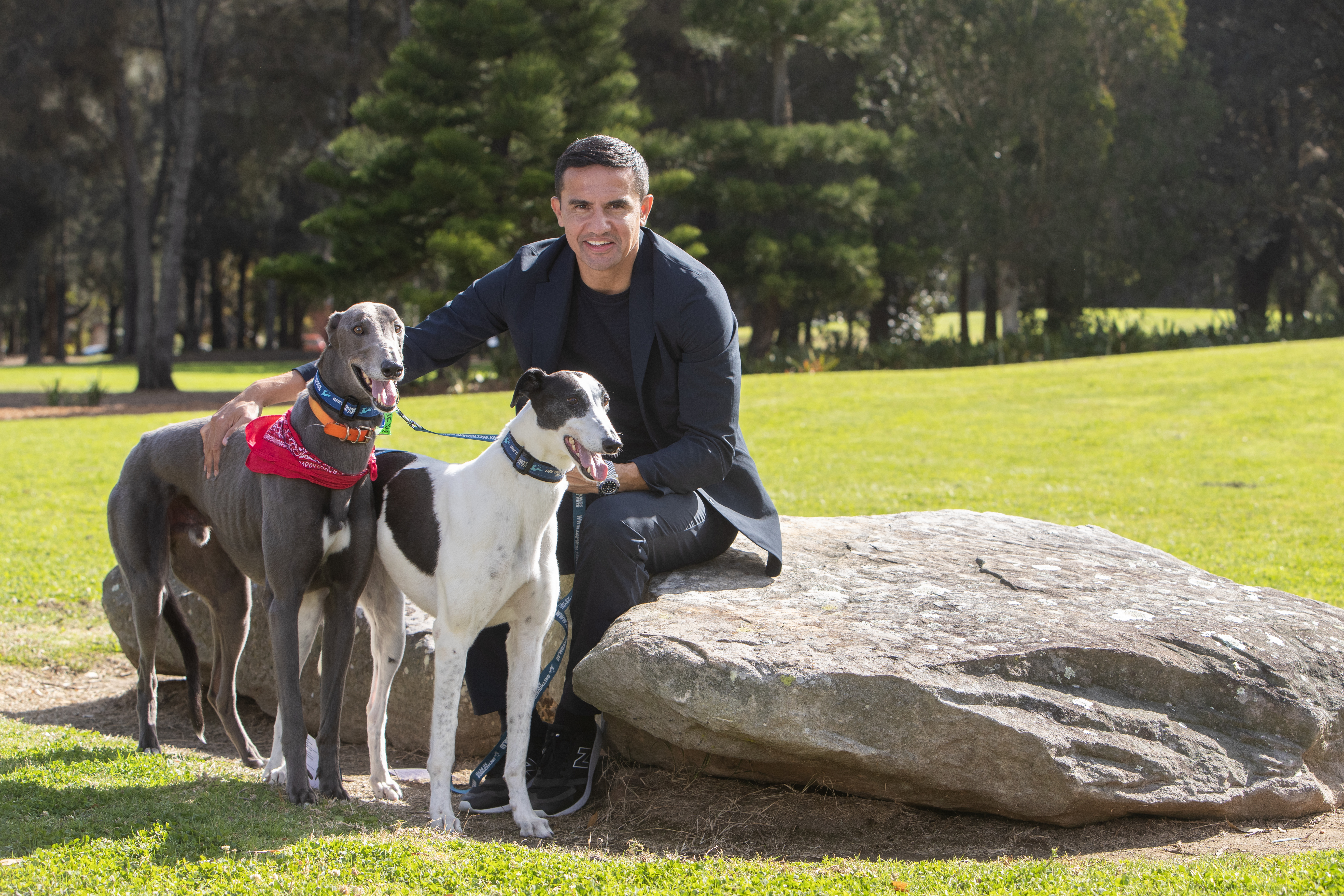 Cahill Now A Hall Of Fame AmbassadorBy GAPNSWNovember 30, 2023 10:20
Cahill Now A Hall Of Fame AmbassadorBy GAPNSWNovember 30, 2023 10:20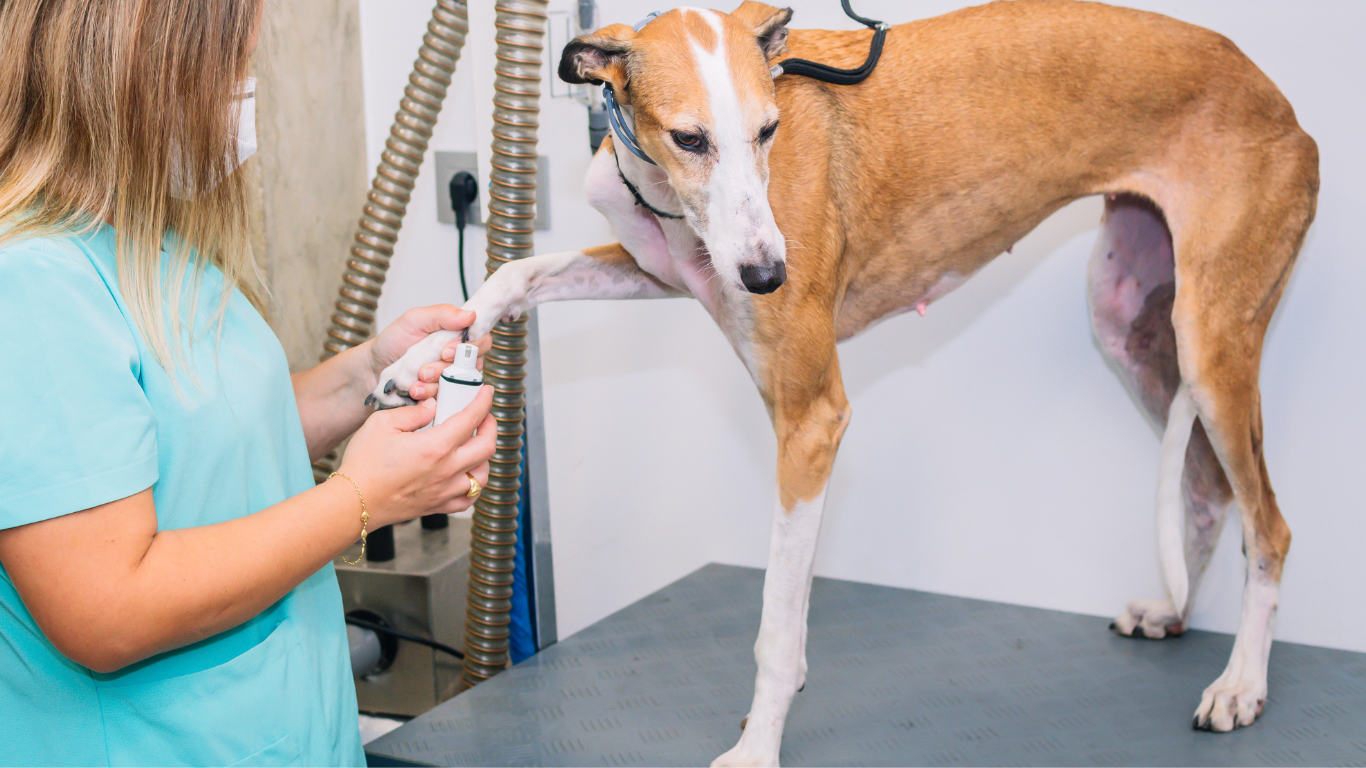 How To Care For Greyhound NailsBy gapnsw.com.auOctober 23, 2023 11:35
How To Care For Greyhound NailsBy gapnsw.com.auOctober 23, 2023 11:35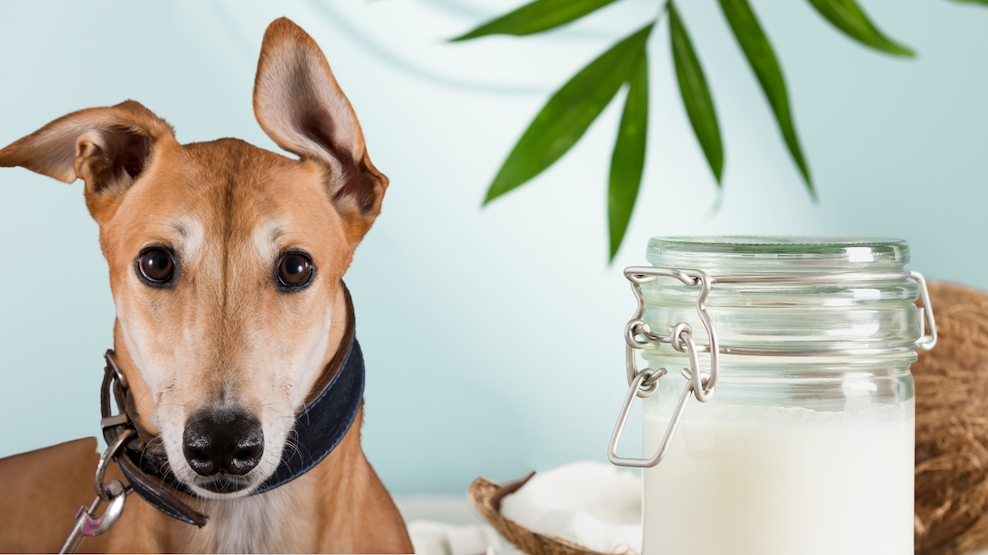 Is Coconut Oil Your Dog's Best Friend?By GAPNSWOctober 23, 2023 09:36
Is Coconut Oil Your Dog's Best Friend?By GAPNSWOctober 23, 2023 09:36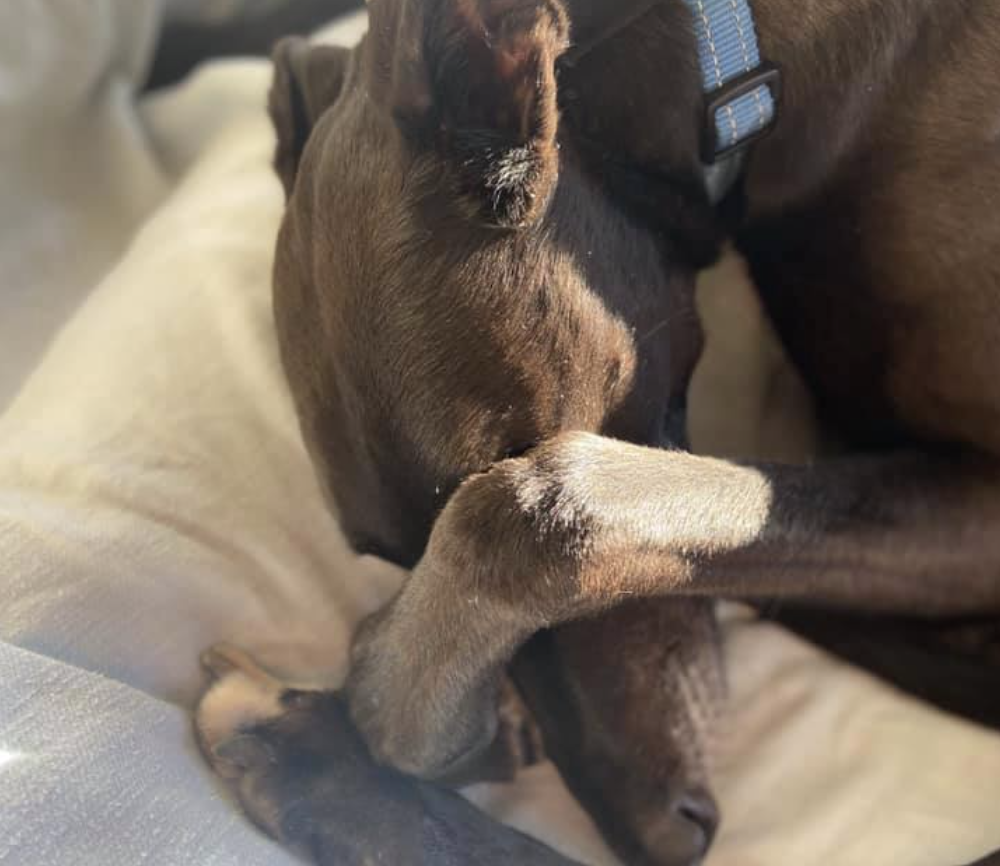 Helping a Greyhound When Relocating Their Safe SpaceBy gapnsw.com.auSeptember 13, 2023 11:10
Helping a Greyhound When Relocating Their Safe SpaceBy gapnsw.com.auSeptember 13, 2023 11:10